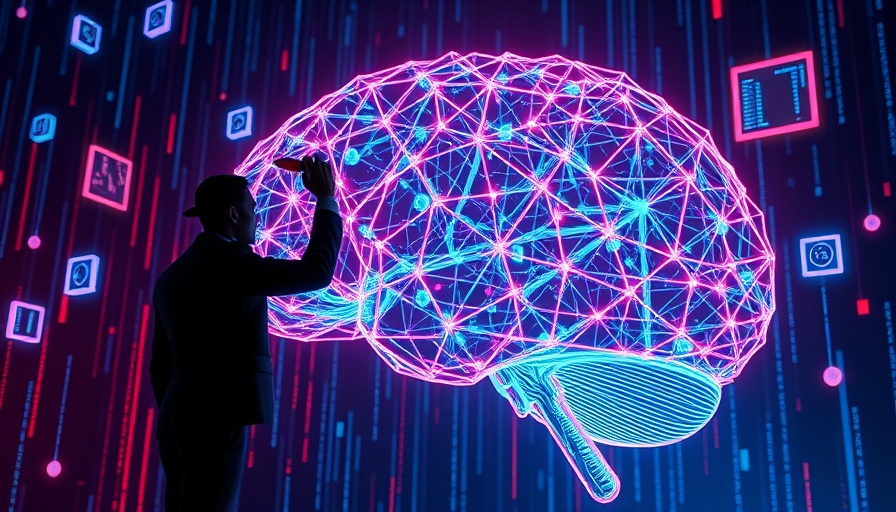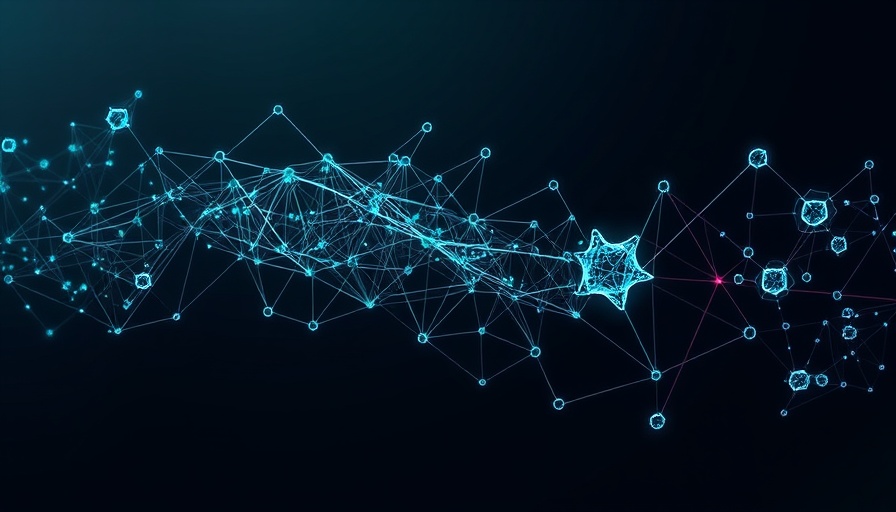
The Risks of Large AI Models
In the rapidly evolving tech world, bigger isn’t always better—especially when it comes to artificial intelligence (AI) models. Recent discussions have shed light on how larger AI systems, while offering impressive capabilities, can actually become easier targets for hacking. This phenomenon, referred to as the 'Poison Paradox', conjures images of expansive models that, despite their sophistication, may become vulnerable due to sheer size and complexity.
Understanding the Vulnerability
As these models grow, their potential weaknesses multiply. Just as a poorly trained puppy can get into trouble, large models can unwittingly open avenues for adversarial attacks, as noted in various academic discussions highlighting their susceptibility. Researchers have been working to ensure the alignment of AI models with safety principles through techniques like reinforcement learning, yet significant vulnerabilities still remain. One study found that even AI models trained with safety in mind encountered 'jailbreak' attacks, where malicious inputs exploit weaknesses designed to protect against harmful outputs.
Insights from Recent Studies
Recent tutorials and studies, such as those presented at the ACL 2024 workshop, focused on the vulnerabilities of large language models under adversarial scrutiny. This interdisciplinary focus on AI safety blends natural language processing with cybersecurity strategies, aiming to bolster defenses where they are most needed. As AI systems integrate into critical applications, acknowledging their vulnerabilities is essential for developing trustworthy technology.
Caution for Developers and Users
The tech community should approach AI with caution, acknowledging these vulnerabilities while continuing to innovate. As the Software Engineering Institute points out, the complexities involved in securing AI—stemming from the intertwining of data and code—demands a new approach to system development. Designers must remain alert to risks, especially as failures have the power to lead to significant data breaches and misuse.
What Lies Ahead?
Despite the challenges, the ongoing evolution of AI provides a unique opportunity for safer integrations. As AI technology matures, hybrid approaches combining the best of both statistical and symbolic AI could pave the way for more reliable outcomes. The future might see not only advanced heuristics but also systems that manifest checkable trustworthiness and higher operational effectiveness without falling prey to hacking.
In conclusion, as exciting as the world of AI may be, understanding the intricacies of its vulnerabilities can guide meaningful advancements in safety and security. By being aware of such risks, everyone—from technologists to policymakers—can collectively work towards fostering better AI models that navigate the challenges of our modern age.
 Add Row
Add Row  Add
Add 




Write A Comment